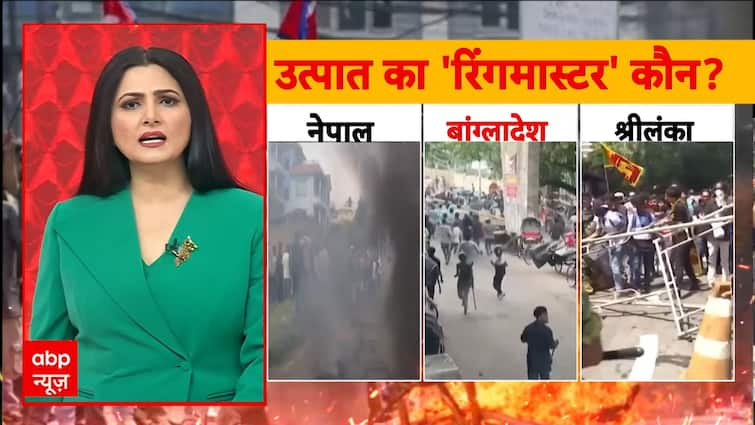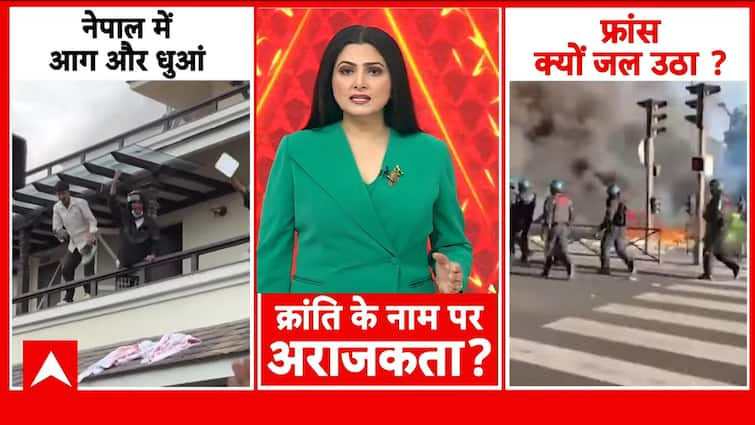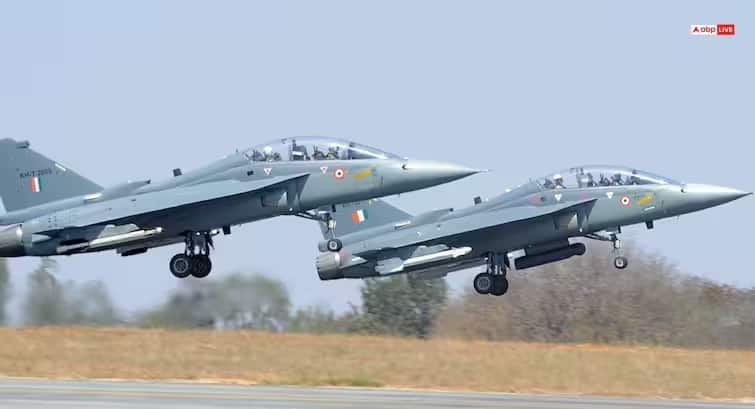Nepal is witnessing intense political turmoil, with protests and unrest shaking the nation in 2025. Experts suggest that this instability might be a result of the ongoing geopolitical struggle between the United States and China. The recent protests, led mainly by young people, coincided with Nepal’s growing closeness to China, especially under Prime Minister KP Sharma Oli, who prioritized Chinese investments and projects like the Belt and Road Initiative (BRI). However, this China alignment angered the US, leading to the suspension of major US aid programs in early 2025. Geopolitical analysts claim that US agencies, through organizations like USAID, may have supported and trained protestors, indirectly fueling unrest to counter China’s influence in Nepal. Several key figures in the protests have known ties with the US, raising questions about external influence. Nepal’s internal dissatisfaction with corruption and governance also played a role, but the external power play between the US and China seems to have exacerbated the crisis. With Nepal caught between two superpowers, the situation poses a security challenge for the region, especially for neighboring India. As Nepal moves forward, intelligence and diplomatic strategies will be crucial in maintaining stability and safeguarding national interests.



